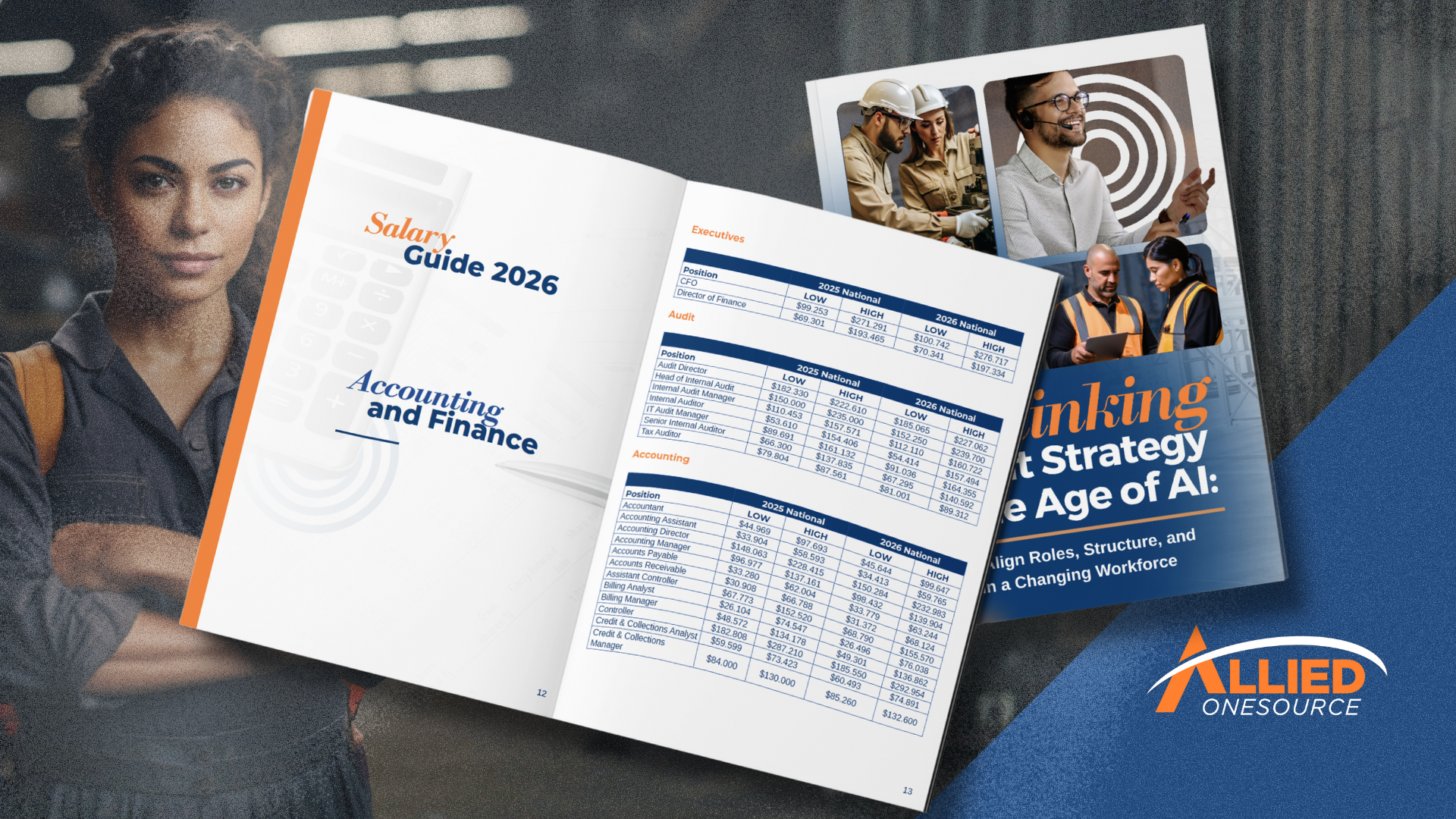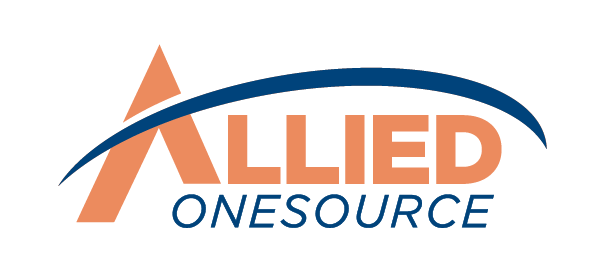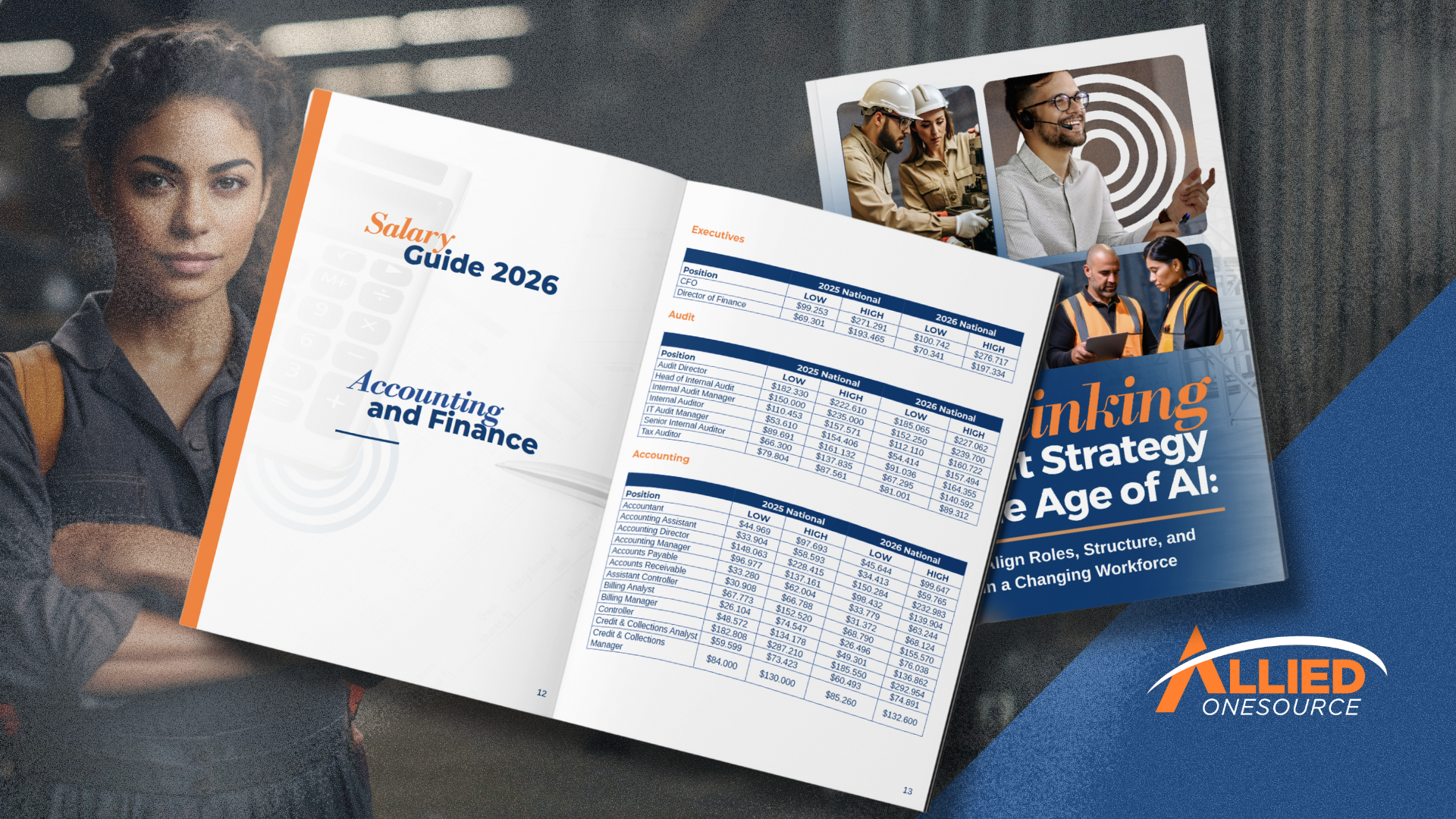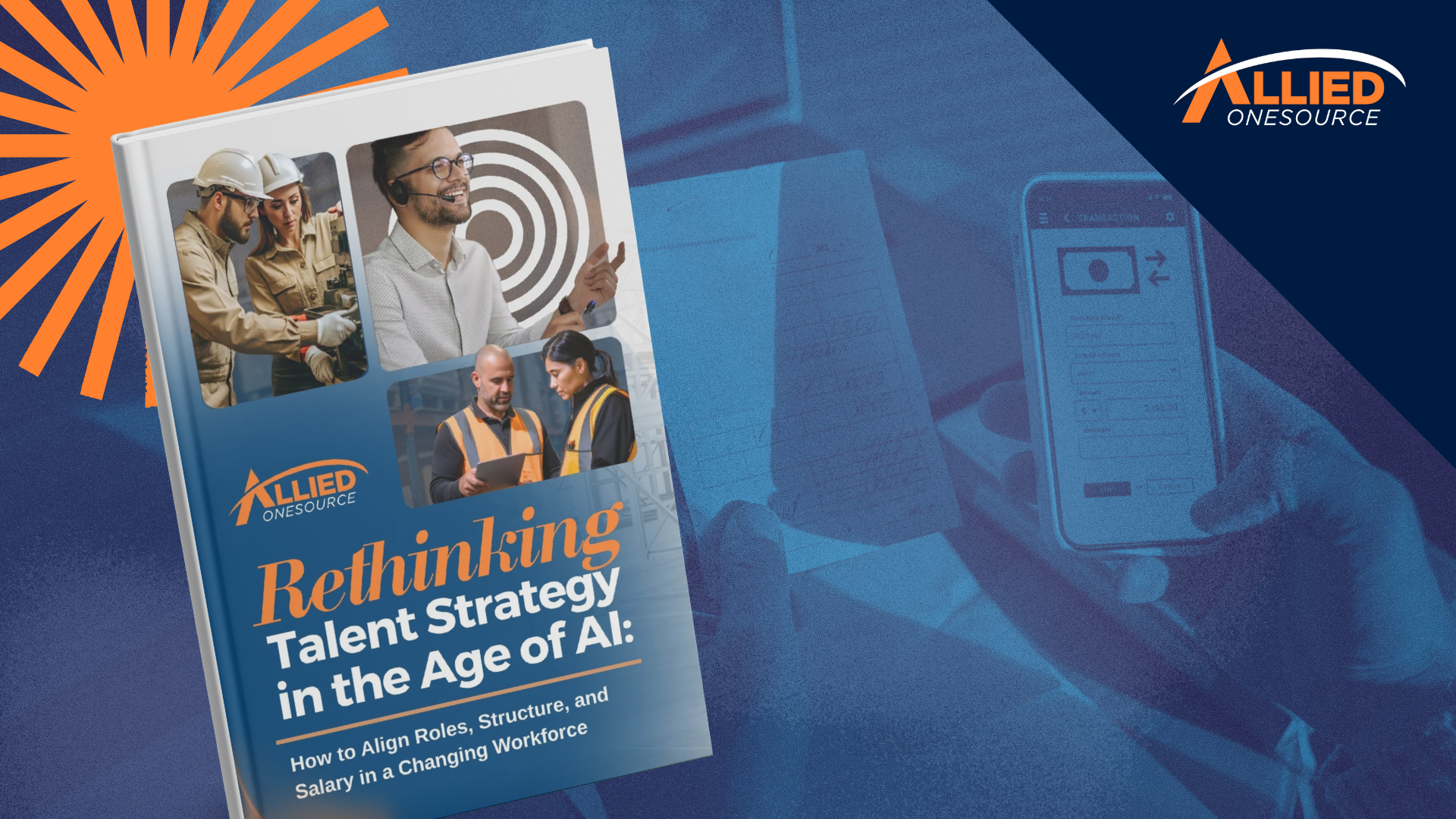Workplace Fatigue is Killing Your Bottom Line—Here’s How to Fix It
When was the last time you checked on your employees? While you're focused on quarterly targets and growth initiatives, have you noticed the missed deadlines, increased errors, and talented people quietly walking out the door? Your most productive team members might be burning out right under your nose, and it's costing you more than you realize.
Solving this challenge goes deeper than traditional wellness initiatives. It's about creating a work environment where both your people and your business can thrive. What many employers don't realize is that workplace fatigue isn't just an HR concern. It's a business performance issue with measurable financial consequences that demand immediate attention.
The Current Reality
The problem of workplace fatigue is more widespread and costly than most employers realize.
It's a perpetual problem
Employee burnout isn't the typical Monday morning sluggishness or post-lunch energy dip. It's a chronic state of physical, emotional, and mental exhaustion that develops when employees face prolonged stress without adequate recovery time. Unlike normal tiredness that improves with rest, occupational fatigue persists and compounds over time. This creates a chain reaction of performance issues that directly impact your operations.
One in three employees are affected
More than 30 percent of employees globally report experiencing burnout, with the
highest rates among younger workers and those with less than five years in their organizations.¹ This widespread issue translates to significant financial impact. Unresolved workplace stress and burnout contribute to $210.5 billion in annual losses to the US economy through reduced productivity, medical costs, and absenteeism.²
It's costing you daily
Employees struggling with psychological health issues at work show a 37 percent increase in missed days, an 18 percent drop in productivity, and make 60 percent more errors than their healthier counterparts. Burned-out employees are also three times more likely to quit than engaged ones, and more than one in five US workers quit their jobs due to workplace culture issues.³
Making matters worse, when your team experiences burnout, they spend 23 percent more effort executing creative work than their healthy counterparts.⁴ This means your team is working harder while producing less innovative results.
The problem spreads
Each departure forces remaining team members to absorb additional workload. This accelerates fatigue across your entire organization, creating a cycle that becomes increasingly expensive to break.
Early Warning Signs: A Quick Assessment
Catching occupational fatigue early can save you thousands in turnover and productivity losses. Use this checklist to assess whether workplace fatigue symptoms are already affecting your organization.
Performance indicators
- Are projects consistently missing deadlines despite adequate staffing
- Is there an increase in simple errors or quality issues that weren't problems before
- Are employees who were once proactive now waiting for explicit instructions
- Has meeting participation declined with fewer ideas and less engagement
- Do customer complain about service quality or responsiveness
Behavioral changes
- Are key employees arriving late or leaving early more frequently
- Are lunch breaks or personal calls extended during work hours
- Is there an increased sick day usage, especially on Mondays and Fridays
- Are there more workplace conflicts or irritability between team members
- Are high performers expressing frustration about workload or processes
Communication patterns
- Have email response times slowed across the team
- Are employees avoiding optional meetings or company events
- Are there more requests for deadline extensions or additional resources
- Have there been complaints about feeling overwhelmed or understaffed
- Is there decreased collaboration between departments
Retention red flags
- Are exit interviews mentioning stress, workload, or work-life balance
- Are good performers suddenly updating LinkedIn profiles or taking personal calls during work hours
- Is there an increased request for time off or mental wellness days
- Are key team members asking about remote work or flexible schedules
The cost of inaction
If you checked three or more boxes, workplace exhaustion is likely already impacting your bottom line. Early intervention costs significantly less than dealing with the aftermath. Address these warning signs now, and you can prevent the expensive cycle of burnout and turnover before it accelerates.
High-Impact Interventions to Combat Workplace Fatigue
The good news is that preventing workplace fatigue doesn't require expensive overhauls or complex management programs. These five approaches boost performance while creating a more sustainable work environment.
1. Implement smart workload distribution
Address fatigue at its source by establishing realistic capacity limits for your teams. Start by tracking project timelines and identifying when employees consistently work beyond standard hours, as this creates fatigue risk that compounds over time. Once you spot these patterns, redistribute tasks before they become overwhelming and set clear boundaries around after-hours communication.
Companies that proactively manage workload see fewer sick days and significantly lower turnover rates. For shift work environments, this means ensuring adequate rest periods between shifts and avoiding back-to-back high-intensity assignments that push workers past their limits.
2. Create flexible schedule options
Flexibility isn't just a perk. It's a retention tool with proven financial benefits. Start by allowing employees to adjust start times, work compressed schedules, or work remotely when possible. This helps workers manage personal responsibilities without sacrificing job performance, which reduces the stress that eventually leads to burnout.
Organizations with flexible policies report lower turnover and higher productivity scores. Even small adjustments can make a significant difference. Allowing employees to leave early for appointments without using vacation time prevents the accumulation of work-life stress that drives good people away.
3. Establish regular check-in systems
Managing fatigue requires ongoing monitoring rather than waiting for annual reviews to surface problems. Schedule brief monthly one-on-ones focused specifically on workload and stress levels. During these conversations, train managers to recognize early warning signs and respond with practical solutions. This might include deadline adjustments, additional resources, or temporary workload reduction.
This proactive approach prevents small issues from becoming resignation letters. Teams with regular check-ins identify and resolve problems before they escalate into costly, time-consuming issues.
4. Invest in mental health support
Provide access to employee assistance programs,
mental wellness days, and stress management resources. This isn't just good corporate citizenship. It's cost-effective risk management that addresses problems before they become costly turnover situations.
Beyond basic support, provide training on workplace fatigue prevention for both managers and employees. Focus on practical stress recognition and early intervention techniques. The key is applying these approaches consistently across your organization rather than treating them as one-time initiatives.
5. Redesign communication practices
Reduce communication overload by establishing clear protocols around meetings, emails, and urgent requests. Limit meetings to essential participants only and set "no meeting" blocks during peak productivity hours. Create guidelines for what constitutes a true emergency versus what can wait until the next business day.
Additionally, excessive communication demands contribute directly to worker fatigue by fragmenting focus and extending workdays. When employees can concentrate on deep work without constant interruptions, they complete tasks more efficiently and experience less mental exhaustion at the end of the day.
Take Action on Workplace Fatigue with Allied OneSource
Workplace exhaustion won't solve itself, and the cost of inaction grows with every burned-out employee who walks out your door. The strategies outlined here provide the foundation for change. However, implementing them effectively requires a comprehensive approach to workforce optimization.
Download our whitepaper, "Maximizing ROI through Strategic Workforce Optimization," to discover how successful organizations are building resilient, high-performing teams while protecting their bottom line. You'll get detailed frameworks, real case studies, and proven strategies that go beyond fatigue prevention to transform your entire workforce approach.
Ready to address your staffing challenges head-on?
Allied OneSource specializes in helping organizations build sustainable workforce solutions that reduce turnover, boost productivity, and create competitive advantages. Whether you need immediate staffing support or long-term workforce planning, we'll help you turn your people challenges into business strengths.
Don't let occupational fatigue continue draining your resources.
Take the first step toward a more engaged, productive workforce.
References
- "The State of Global Workplace Culture in 2024." SHRM, https://www.shrm.org/content/dam/en/shrm/research/the-state-of-global-workplace-culture-2024.pdf. Accessed 23 June 2025.
- "State of the Global Workplace." Gallup, https://www.gallup.com/workplace/349484/state-of-the-global-workplace.aspx. Accessed 23 June 2025.
- "The State of Global Workplace Culture in 2024." SHRM, https://www.shrm.org/content/dam/en/shrm/research/the-state-of-global-workplace-culture-2024.pdf. Accessed 23 June 2025.
- "The Impacts of Poor Mental Health in Business." Berkeley Executive Education, https://executive.berkeley.edu/thought-leadership/blog/impacts-poor-mental-health-business. Accessed 23 June 2025.











